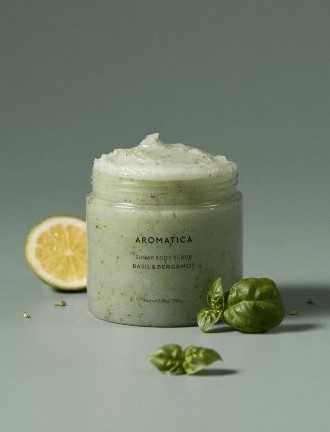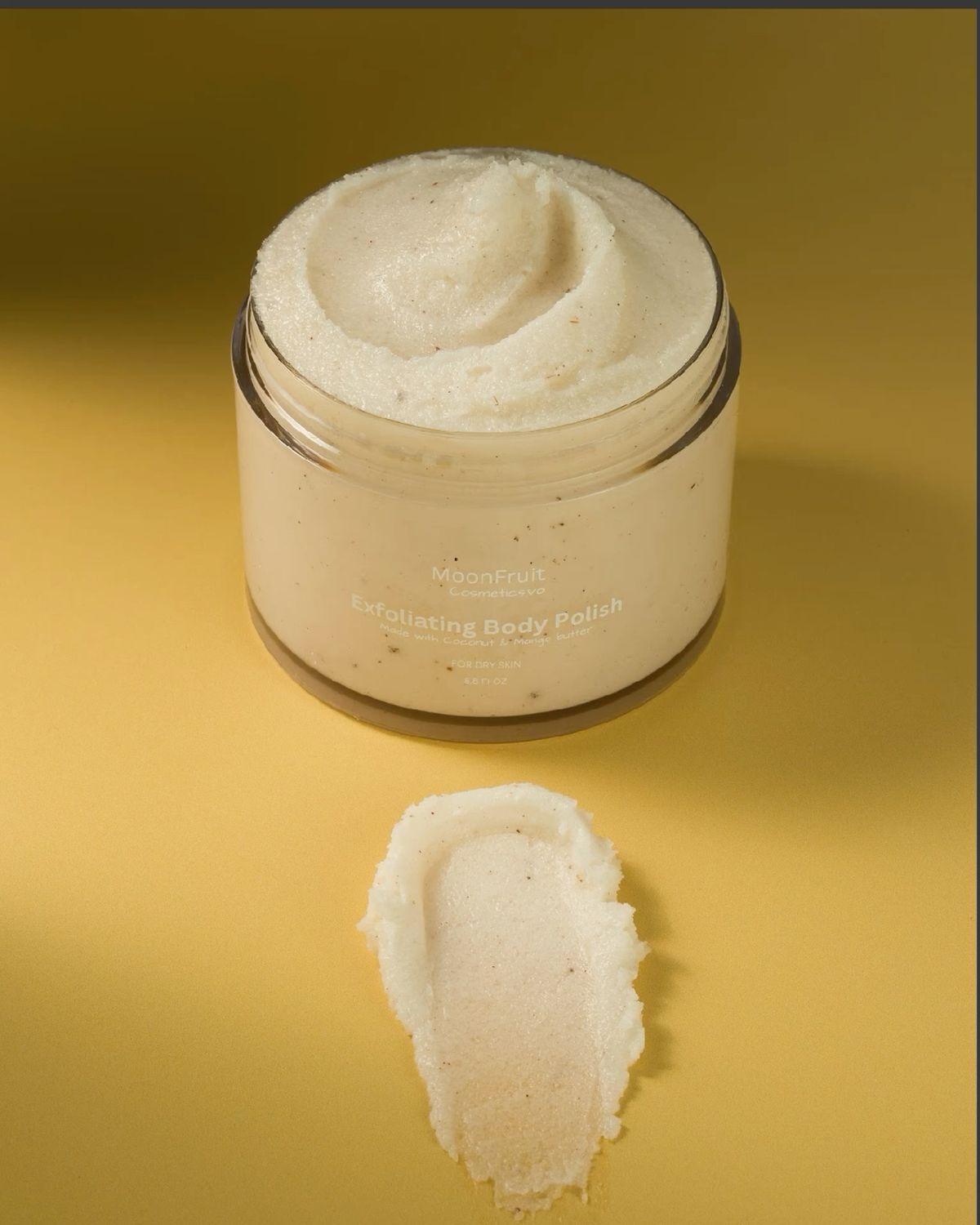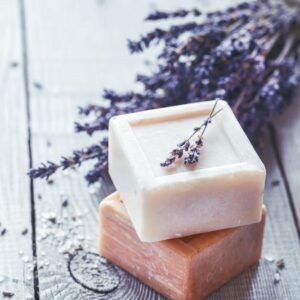
First of all, let’s clarify what exactly a mask is and how it can be applied to and benefit the skin and hair. Clay is a very complex mineral much like silicon, magnesium, zinc, calcium, copper and selenium compounds. Choosing the right type of clay for your skin type is essential. Clay absorbs excess sebum and draws out impurities in oily skin types whilst providing dry skin with added moisture and natural balance.
Prep & Application
Preparing a clay mask is very simple:
- Mix a tablespoon of clay with three tablespoons of water to form a smooth paste.
- Add a few drops of oil – rose, olive or tea tree oil – to enhance its effects.
- It is important to let the mask absorb into the skin (approximately 10 – 15 minutes) so that the effects are able to unfold fully.
- Note: Do not allow the clay mask to dry on the skin completely since clay masks not only absorb excess sebum but also depletes the water content of the skin tissues (a valuable source of hydration).
- Once the clay mask starts to dry, remove it immediately using lukewarm water.

Never incorporate ingredients containing vitamin C into the clay mask mixture. Vitamin C is a compound, that when in contact with the clay, creates a chemical oxidation reaction, promoting the production of free radicals. It is far better to add oils to clay masks, such as disinfectant tea tree oil or nourishing olive, jojoba or almond oils.
It is important to note that the tools used to prepare the mask should never contain metal as this material would reduce the benefits provided by the clay. We suggest that the tools used are made of glass, wood, porcelain or clay. In addition, the water used to mix the clay should be free of chlorine to further accentuate its properties. Of course, you could mix the clay with an infusion of green tea that helps extract toxins from the skin. The clay, as previously mentioned, may be mixed with essential oil instead of water. A mask combined with aromatherapy benefits the skin and the senses.






Reviews
There are no reviews yet.